Dragon’s Den Product
Some of you in Y5 have sent through some absolutely ingenious ideas for the Dragon’s Den Project.
They are all wonderful and you can view them for yourself below:
First up, one of our classmates has designed a renewable energy source called the ME box. See their pitch here.
Secondly, another one of our classmates has designed a product to help cinema workers! Click here to see their pitch.
Next, this person has designed a product which will help with the problem of dog litter that hasn’t been picked up! Click here to see their pitch.
This person has designed a product which will change the way we take photographs for good! Click here to see their pitch.
Also, one of our classmates has designed a computer that does your writing for you! See it here.
Fab stuff.
We will miss you, Year 2
Hello Year 2 and your families
What a year and what a class! We are so disappointed that we’ve not been able to finish this year back together. You have been such a great class and we will miss every single one of you.

You have proved to us, while you have been at home, what resilient and responsible learners you are so a big well done to you and your families for coping at home for so long. We have been so proud to see your efforts with your learning at home.

We’ve so many happy memories from teaching you all this year even though it was cut short. Why not have a look back at our class news page to reflect on and remember all the wonderful learning and experiences we have had.
We would like to share a couple of farewell messages to you all.
Finally, all the Year 2 staff would like to thank the children and their families for the very generous gifts we have received. They are very much appreciated.
We hope you all have a happy and healthy summer and we look forward to seeing you all back in school in September.

Last day!
Well done, Year 1! You made it.
Click on this link to hear my final message of the year!
I hope you have a great summer. You deserve it 🙂
Week 14: 17 July 2020: Home learning
Good morning!
Today is the last day of the school year.
Instead of the usual lessons today, here are some ideas and activities for the holidays.
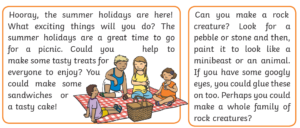
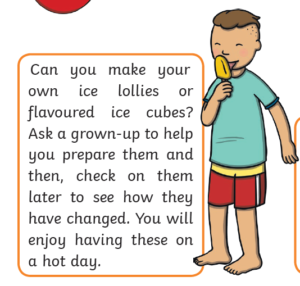
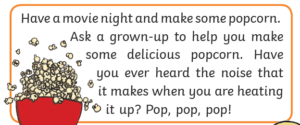
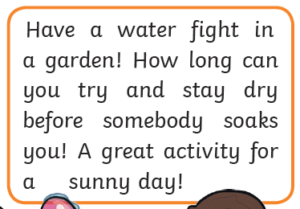
Try these fun activities.

Why not try yoga…

…or be a scientist.

Check out ‘The Imagination Tree’ for creative activity ideas.
Discover wonderful people and places with Paddington Bear.
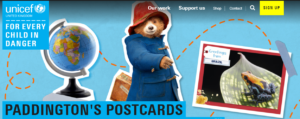
Above all, have fun and stay safe.
A goodbye to our wonderful Year 6 children
Forget watching EastEnders repeats! Turn off the football (it’s not the same without live crowds, anyway)! Instead, watch this…
…40 minutes of heart-warming messages as we say goodbye to our Year 6 children, and they say goodbye to Moortown Primary. Bet you can’t watch it without a smile on your face (and even perhaps a tear in your eye!).
For all the support over the years, thank you to all the mums, dads, carers and other adults at home. We’ll miss you, too.
Miss Wilson writes: ‘It’s been an absolute pleasure to teach every single one of your children. I am extremely proud of the amazing young people they’ve become and can’t wait to hear about their fantastic futures. Thank you for all your support over the last two years. Please pop in to say hello whenever you can because I’ll miss you all lots!’
Very best wishes to our Year 6 friends as they leave us, hopefully to go on to even happier and healthier futures.
Farewell
It’s the end of the school year! All the staff in Year 2 would like to say WELL DONE and THANK YOU for being such a great, hardworking class.
YOU ARE ALL AMAZING!
Here’s a poem I’ve written for you. I hope you enjoy it!
OUR CLASS
Amelia, every day you make me smile,
And Tommy tells a joke, every once in a while.
Betsy a gymnast through and through,
And Javier, your confidence just grew and grew.
Penelope, your artistic eye just blew me away,
And Inaaya, the school rules you always obey.
Ehtasham your manners are great,
And Omar, remember those Skittles you ate!
Evie’s a great friend to one and all,
And Zhuokai’s very talented when playing football.
Ralph your efforts in school are simply superb,
And Moosa, is ‘jumping’ a verb?
Saif, such a character, who will be missed,
And Hafsa, when hula hooping, can really twist.
Leon is patient, kind and caring,
And Jiya is too, especially when sharing.
Theo, your head’s overflowing with fiction and facts,
And Kian, is talented with add and subtract.
Edith, a pleasure to work with and teach,
And Sunny, is now confident with his speech.
Cate, you bring sunshine into our class,
And, Danny, when given a challenge, will never pass.
Evan, your outstanding efforts should be praised,
And Ewan, with your worldly knowledge, you always amaze.
Hardev, your reading has got better and better,
And Jaiden, a developing, spelling checker.
Parnita, a hidden gem, her hand goes up more,
And Olivia, in many ways you’ve really matured.
Rufus, we’ve really got to know you,
And Sienna, your spelling scores were impressive, too!
Well, Year 2, the time is now here,
To say farewell, and a great BIG cheer.
Each one of you has progressed in many ways,
And, as you know, we love to praise.
Year 3 is waiting around the bend,
Good luck to you all we’d like to send!
HAVE A GREAT SUMMER!
Week 14: 16 July 2020: Home learning
Hello, everyone!
Phonics
Practise saying these phase 3 digraphs
Can you read the sentences and draw a picture to match?
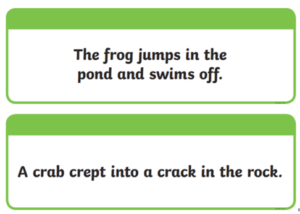
Literacy
This week we are reflecting on this unusual year and looking forward to Y1.
Think about the new friends you have made.
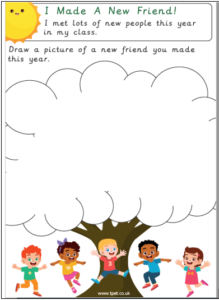
Can you write a message to your friend?
Email it to us and we can put it on the class news for your friend to read!
Maths
Let’s learn about the number 20!
20 is two tens or twenty ones.
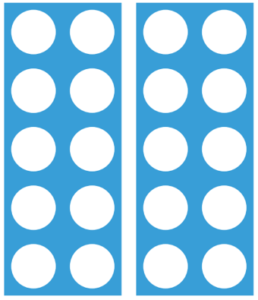
Watch Numberblocks 20
Can you fill in the missing numbers?

Extra activity
One of our favourite themes this year has been ‘Dinosaurs’.
Play this game at BBCBitesize
Week 14: 15 July 2020: Home learning
Good morning!
Here are today’s activities.
Phonics
Watch Geraldine the giraffe learn the phoneme ‘air’.
Words to read:
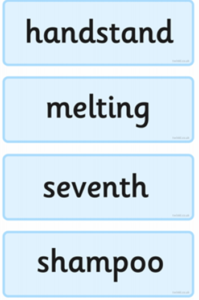
Can you write a sentence using each word?
Literacy
This year, lots of you have been learning at home. Think about your favourite home learning moments. Have you done something new?
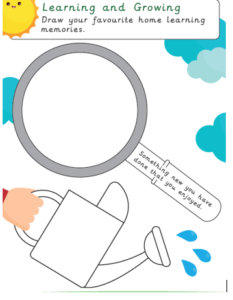
Maths
Take part in this Numberblocks quiz.
Can you complete these challenges?
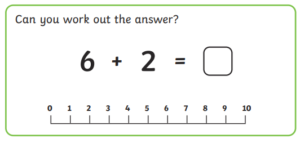
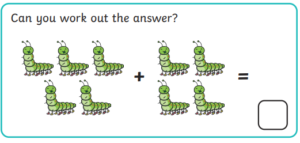
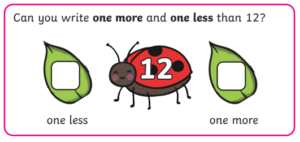
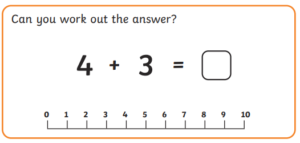

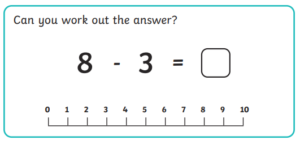
Extra activity
Try these activities to keep fit over the holidays.
https://www.nhs.uk/10-minute-shake-up/shake-ups
Message for the new Year 4s!
Hello Year 4s!
I’m really looking forward to being your teacher again next year. The dream Year 4 team will be me, Mrs Charlesworth and you guys! It’s going to be a super year.
I’ve recorded a video to say hello. Click here to watch it.
See you in September!
Mr Wilks
Week 14: 14 July 2020: Home learning
Good morning!
Phonics
Recap the phoneme ‘ear‘ with Geraldine the giraffe.
Words to read:
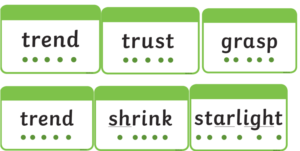
Play sentence substitution.
Swap the words to make different sentences.
How many different sentences can you write?
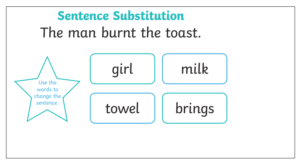
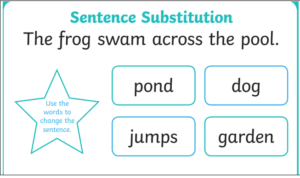
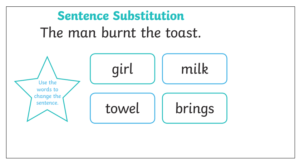
Literacy
This week we are thinking about our time in Reception and looking forward to going to Year 1.
Think about your proudest achievement.
Draw a picture of your proudest moment during your Reception year.
Maths-subtraction
Sing this subtraction song
Use objects or ten frames to solve these subtraction problems.
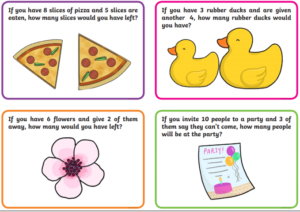
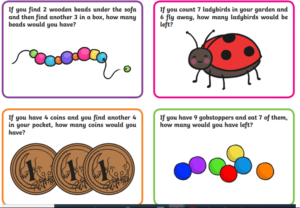
Extra activity
Healthy living – hygiene
Sing this song about how to wash your hands.
You could sing it whilst washing your hands at home.
Discussion: Why do we need to wash our hands?
Watch an experiment on CBeebies?
Why not have a go?
You will need:
• Pepper – these will be the germs
• Bowl of water
• Soap